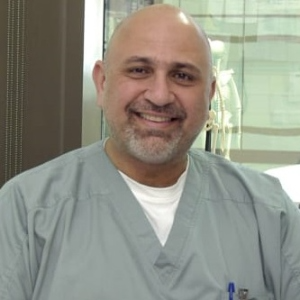Title : Hurt doesn’t always equal harm: The brain story of chronic pain
Abstract:
Patients with chronic pain are still managed with in mind, the conceptualization of René Descartes on the existence of pain centers in the brain activated through an electrical system following a nociceptive response. Pain is a conscious experience that can certainly be, and often is, associated with nociception, however, always modulated by countless neurobiological, environmental, and cognitive factors. The changes in the brain that occur because of chronic pain are due to the plasticity of the neural system. However, that same underlying plasticity would possibly suggest that these changes may be responsive to targeted treatment. The pain experience among people is highly variable, even under circumstances where tissue injuries are similar. The individual difference in pain sensitivity is related to the sensitivity of peripheral pain receptors and variability in CNS pain processing.
Most of the recent developments in pain science, that have direct relevance to clinical management, relate to our understanding of the role of the brain, the role of the immune system, or the role of cognitive and behavioral factors. Chronic pain is a top-down process, and the modulation of attention can reduce or modify the pain response. Neuroimaging studies have shown that responses to painful stimuli in the brain are decreased when attention is strongly focused on a primary visual task. However, the top-down modulation may also increase a patient's attention or focus on a painful stimulus, therefore the double-edged sword of neuroplasticity. This talk will discuss the current misconceptions of chronic pain concepts and their misperceptions by clinicians. It will also attempt to bridge the considerable gap between what we already know about pain - but we somehow disregard - the development in pain science, and clinical practice.
Keywords: Chronic pain, nociception, neuroplasticity



